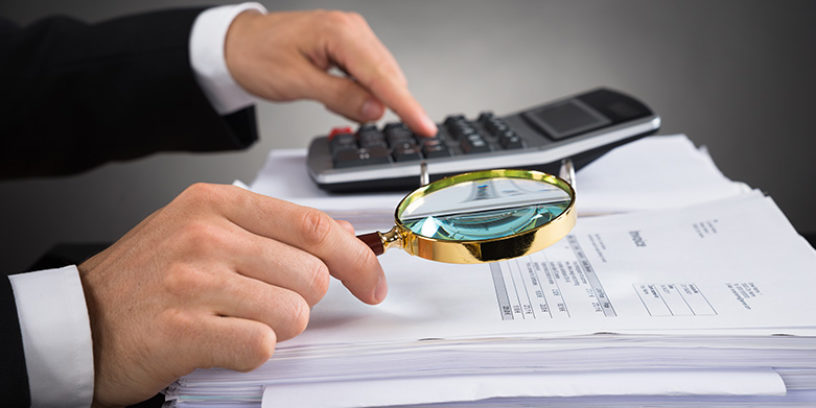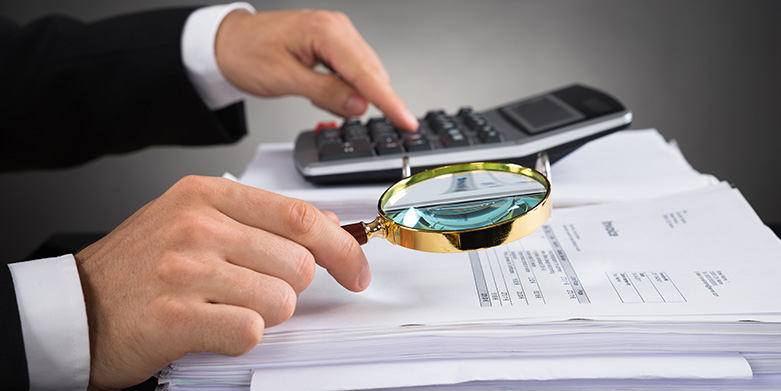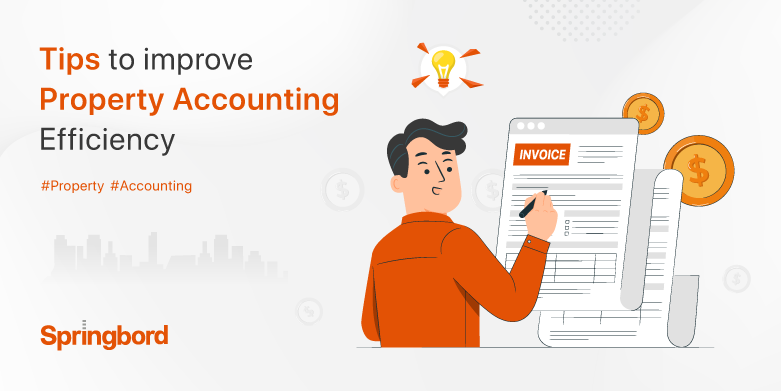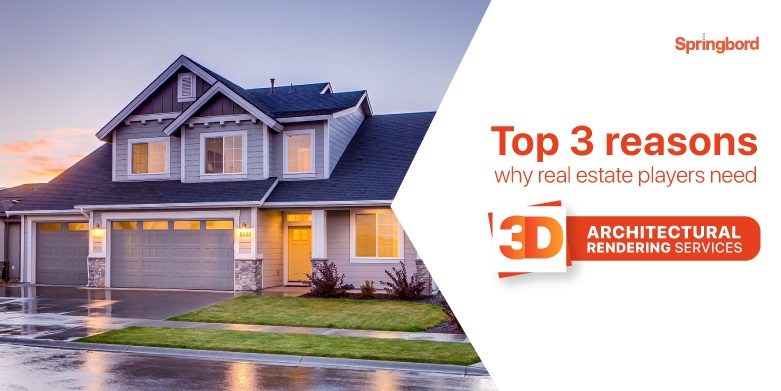 Read time 2 min
Read time 2 min
Real estate cost accounts for one of the key hidden costs organizations often tend to ignore in their quest to control other small-time expenses such stationery, decor, and more. Most senior executives only occasionally visit lease agreements and other related documents, treating them as either too insignificant to worry about, too technical to analyze, or too fixed to control. But the cost of occupancy has witnessed a steep increase over the years and organizations can no longer afford to be complacent about it. Take for instance, the case of Shearson Lehman Brothers – through an in-depth lease audit the organization found that it could trim as much as USD 20 million annually from the occupancy costs of its branch offices and headquarters.
To tackle the growth in real estate costs, companies across the world are increasingly turning to lease audit. Digest this – Commercial tenants have saved over USD 100 million in the last decade as a result of lease auditing.
What is a lease audit?
Lease agreements are complex multifaceted documents prepared by lawyers, and there could be quite a few gray areas left open to clarification and interpretation. Internal lease audits offer an unbiased and independent analysis of a tenant or lessee’s occupancy rates in order to confirm that additional charges are being charged the way they should be.
Here’s what a typical lease audit entails:
1. Negotiating a good deal before signing-up:
- An experienced negotiator who is familiar with real estate matters should undertake negotiations with the landlord.
- Always include a well-drafted audit clause in the lease agreement, giving a tenant the right to evaluate the landlord’s calculations and audit the expenses.
2. Reviewing your lease agreements:
- The tenant generally does lease audits or lease agreement reviews. A commercial lease especially should distinctly classify the rentable area and space of the said premises.
- There have been many cases wherein less tenant space was being occupied from what is indicated in the lease agreement. Therefore, it is vital to have an architect measure the premises at the beginning of the lease term. This could avoid inaccurate billing.
3. Reviewing Common-area maintenance (CAM) expenditures:
- Most leases state that the tenant or occupant is supposed to pay partially or in full for all of the CAM expenses
- A CAM expense includes a wide range of expenditures to keep the property sites up and running (including landscaping, repairs, cleaning, insurance, management/administrative services, etc.) and may differ from one lease to another.
- A lease audit could reveal a few calculation errors or misrepresentations like:
- Charging for eliminated expenses
- Duplication of costs
- Slipups with regards to rent calculation or rentable area measurement and property taxes being charged to tenants
- Refunds not being credited to the tenants, like real estate tax refunds, etc.
- The least you could do is to request your landlord to provide statements or documentation (accountability) towards the fees charged, so you know exactly what you are paying for.
Lease agreement audits and inspections must be scheduled and executed at regular intervals and should also form an important part of a company’s in-house procedures. Eliminating any major or minor errors year after year could provide an opportunity for huge savings.







